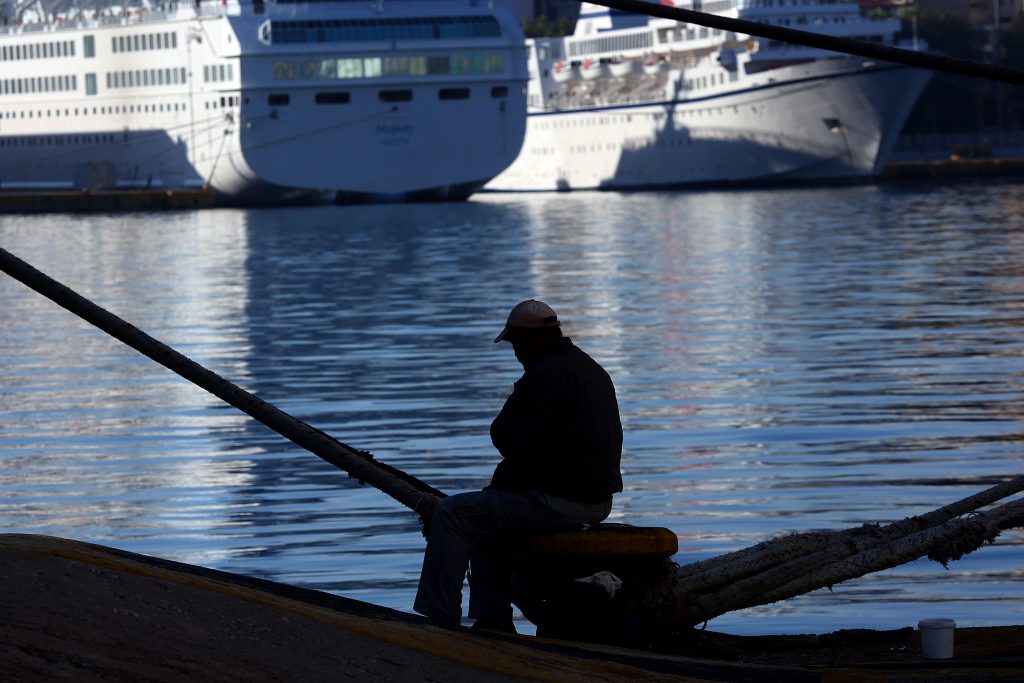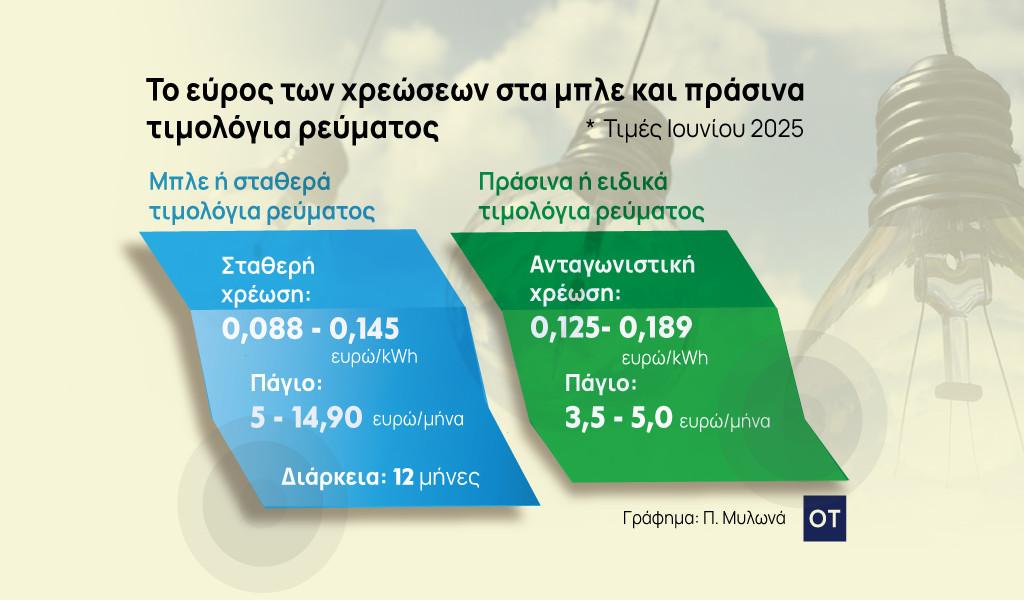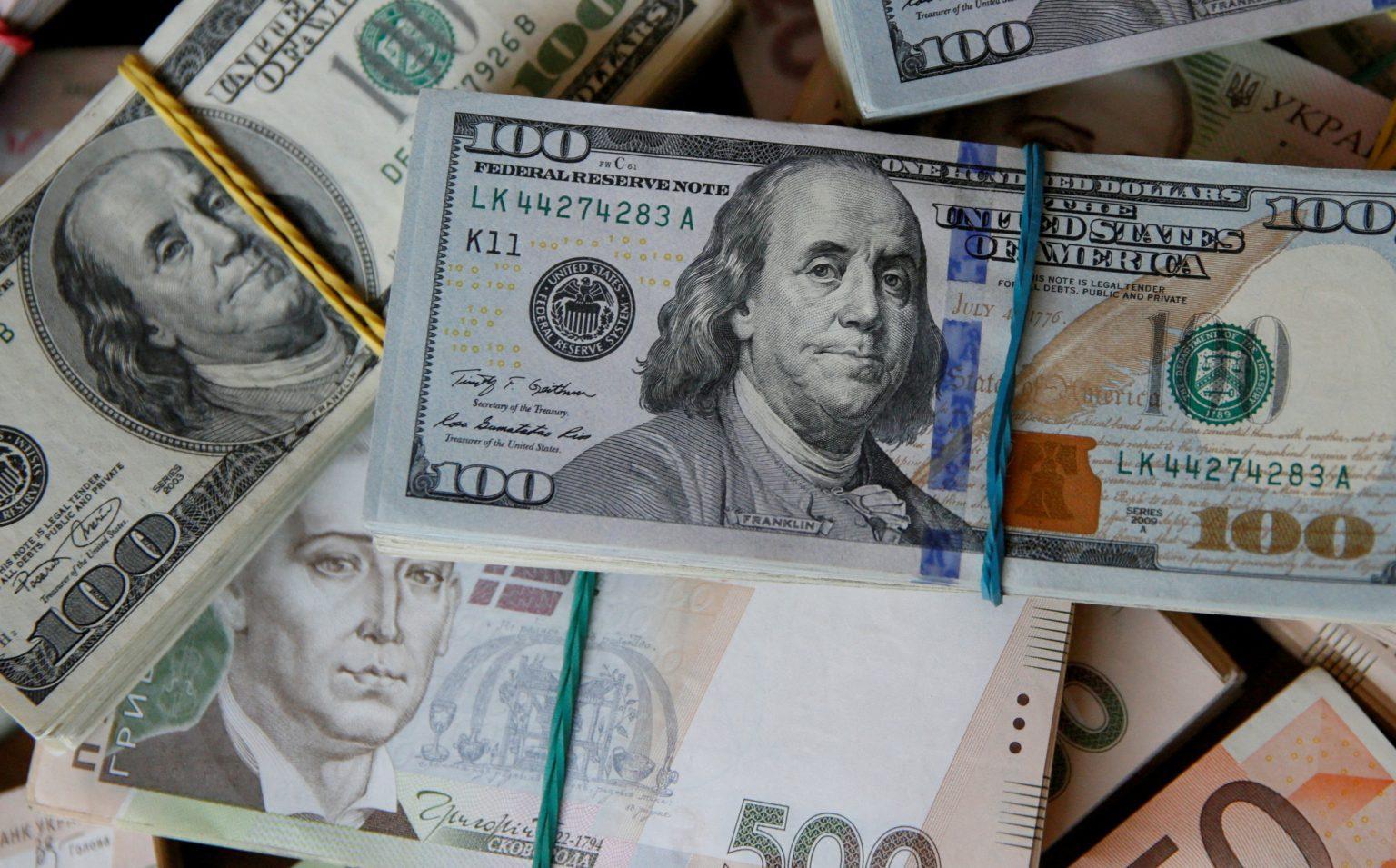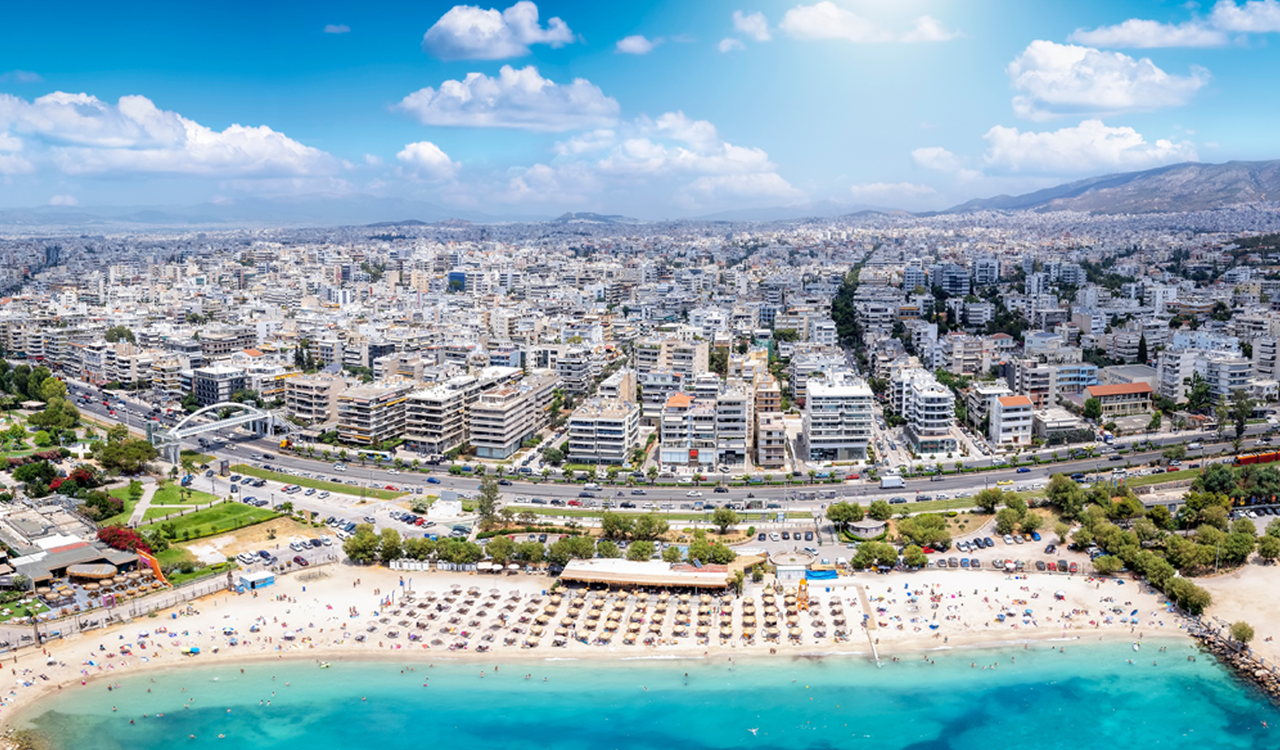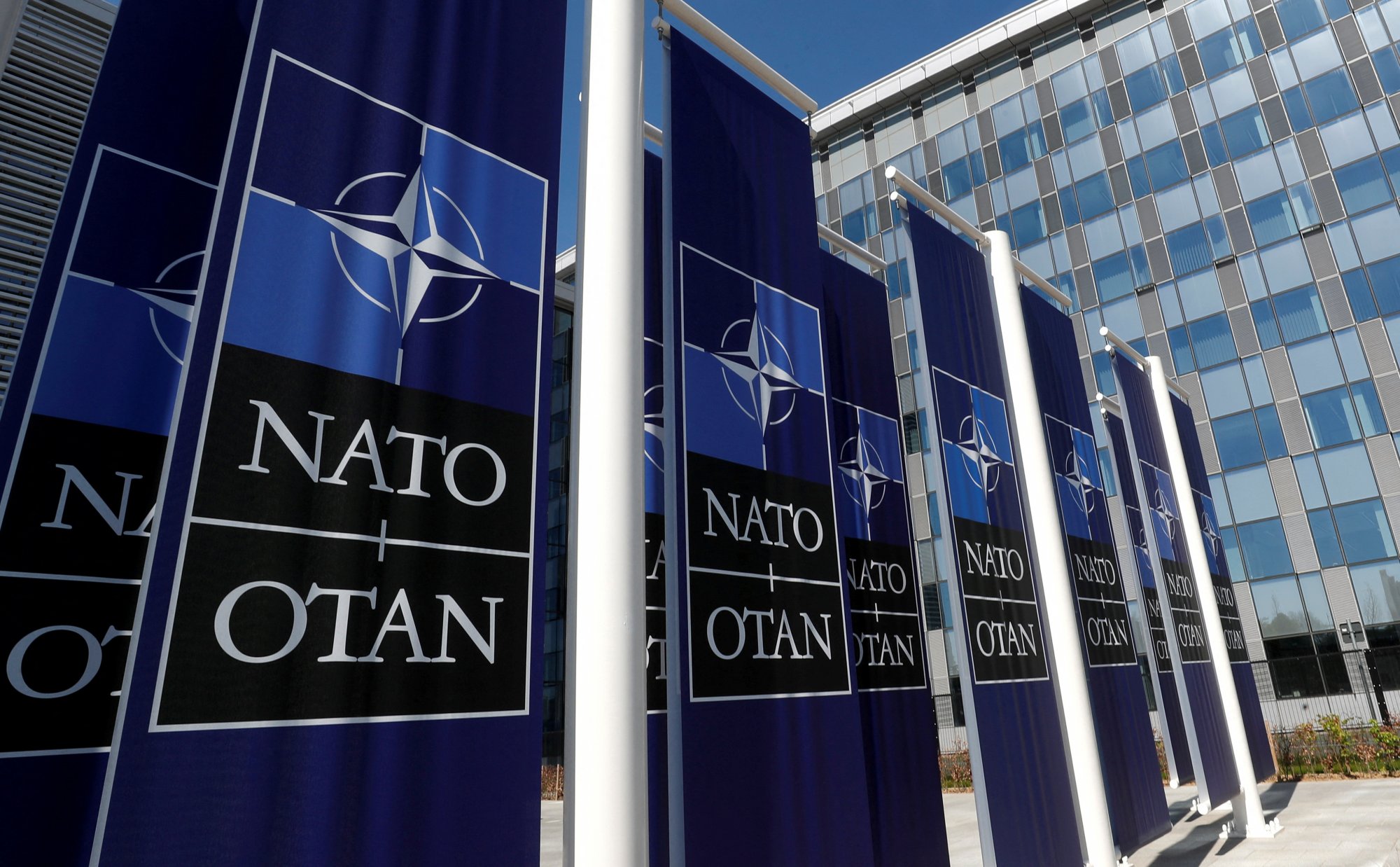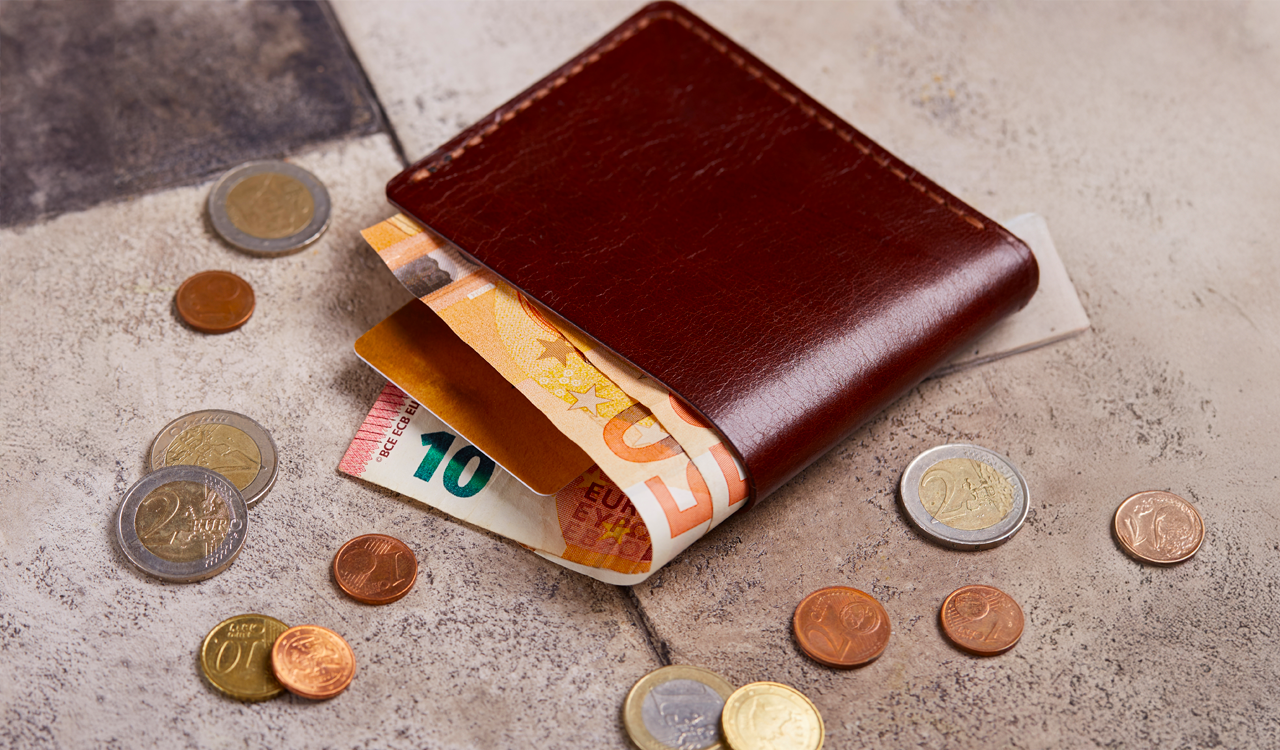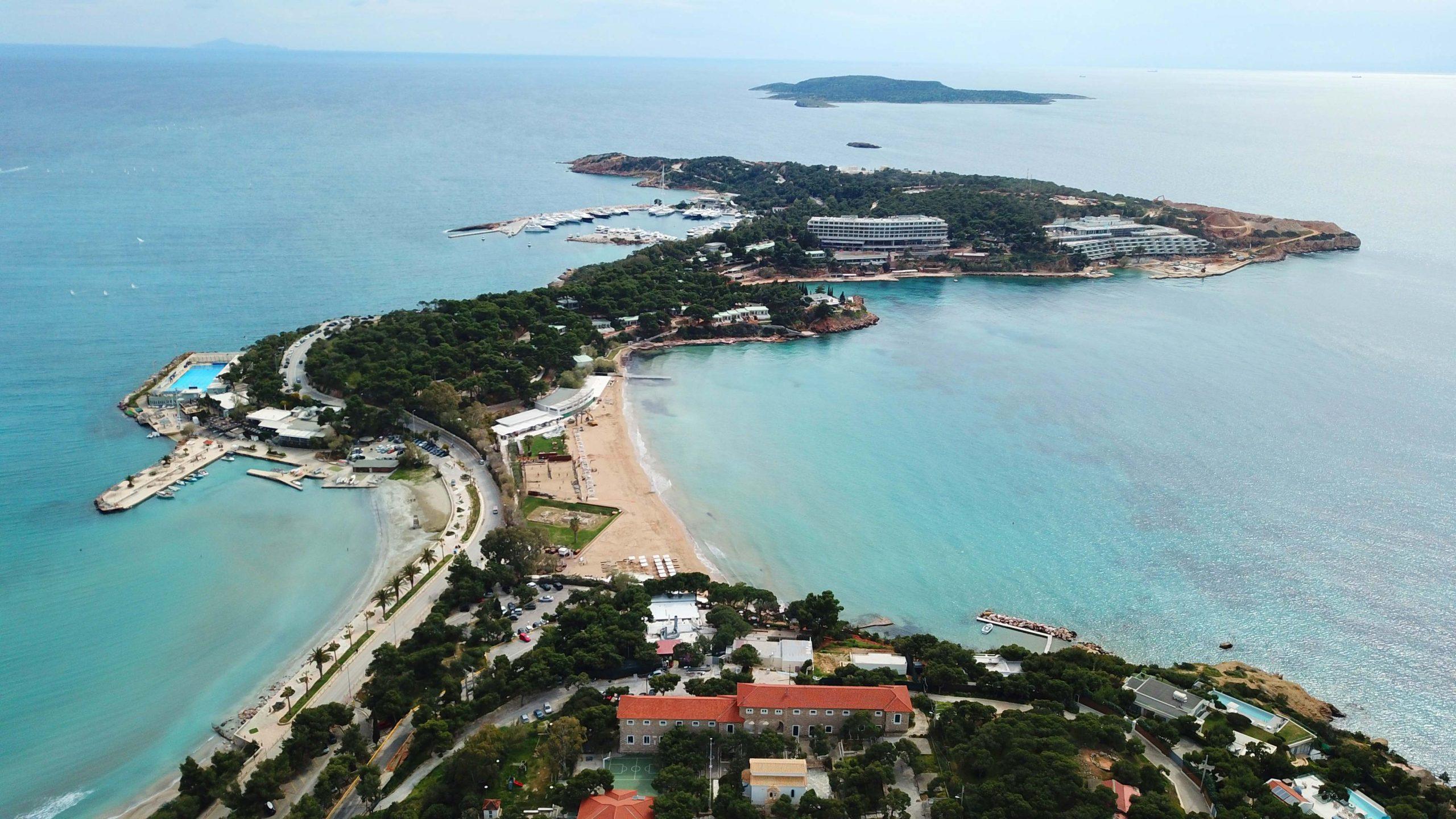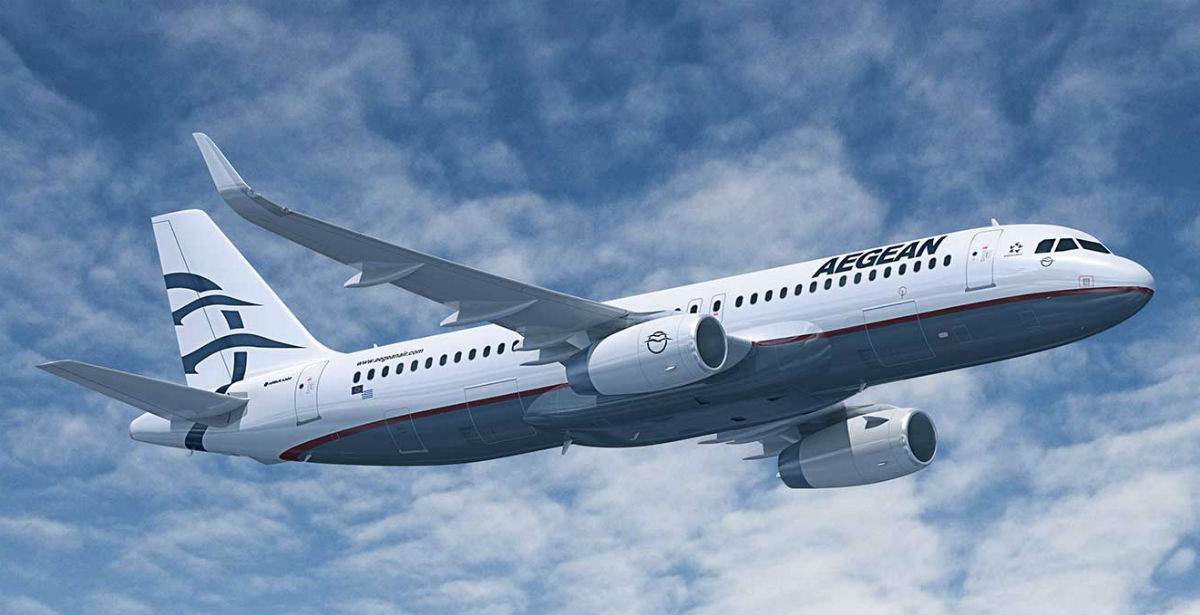The international shipping market seems to have returned to pre-pandemic levels, with data predicting a further recovery in 2023. In fact, countries such as Italy, China and Japan are leading the race, both in terms of active fleet and new orders passenger – ferry ships.
According to figures from data house VesselsValue, fleet growth is evident and the numbers show steady year-on-year growth. In fact, in 2022 an increase of 13.2% in cargo transportation (+1.47 million GT) and 16.2% in transport capacity (+116,285 Lane Meters) was recorded. In contrast, passenger capacity increased at a slower pace, +8.6%. All the shipping companies active in the sector present a similar picture, with survey stocking on the “thorn” of the aging fleet, especially in Europe. As highlighted, almost a quarter of the fleet over 12,999 GT is aged 30 years or over and comprises 109 vessels. This, according to VesselsValue, is a high percentage and if these ships were part of ocean shipping they would already be on their way to the scrap yards. However, this is not the case for coastal shipping, with Cruise Ferries operating well into their forties in the waters of the Baltic and Mediterranean.
“Anemos”
Making special reference to the value of used passenger – ferry ships, VesselsValue brings as an example the newly acquired contract vessel “Anemos” of Aegean Sea Lines, of the Eugenides Group.
The new ship (formerly “Rosella”) that raised the Greek flag in Marienhamn, Finland and lifted anchor bound for the Aegean waters, was acquired by Viking Line for 11.25 million euros, as the Norwegian company announced to the Oslo Stock Exchange . According to the company, “Anemos” has a gross tonnage of 16,850 tons, is 136.11 meters long and can reach a maximum speed of 21.2 nautical miles per hour, while it can carry 1,700 passengers and 345 cars or 55 12-meter trucks – as it has becomes known, it will undergo minor modifications in Greece and will be launched from the beginning of the summer of 2023 in the Western Cyclades.
The Top 10
The Italians are the protagonists in this market, which has a total value of hundreds of billions of dollars, with the total value of the fleet (over 12,999 GT) amounting to 4.04 billion (16.8% of the market), including active vessels. China ranks second with a value of 2.64 billion (11%), followed by Japan (2.56 billion / 10.6% of the market).
It is worth noting that eight of the top ten coastal shipping nations are European, however Greece is absent from the specific data. According to the company’s data on the global fleet of ferries, Greece is not included in the 10 largest ship-owning companies. More specifically, the first by far is Italy, followed by China, Japan, Sweden, Spain, Estonia, France, Denmark, the United Kingdom and in 10th place is Finland.
As VesselsValue points out, the value of passenger-vehicle ferries is likely to come under increased pressure later this decade when the International Maritime Organization’s (IMO) new green CII (Carbon Intensity Index) regulations come into full force. This, according to VesselsValue, will force shipowners to send their vintage vessels (about 23% of the fleet) to scrap yards.
Finally, as the threat of a major global recession grows and could potentially become more devastating than the previous one, according to the data presented, it would be capable of weighing on the profits and values of the major shipping companies in the medium term.
